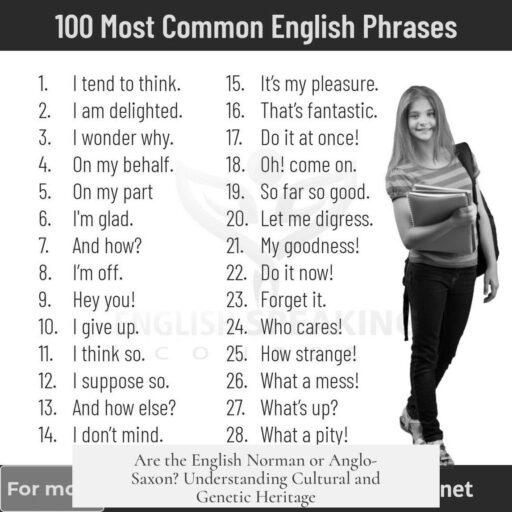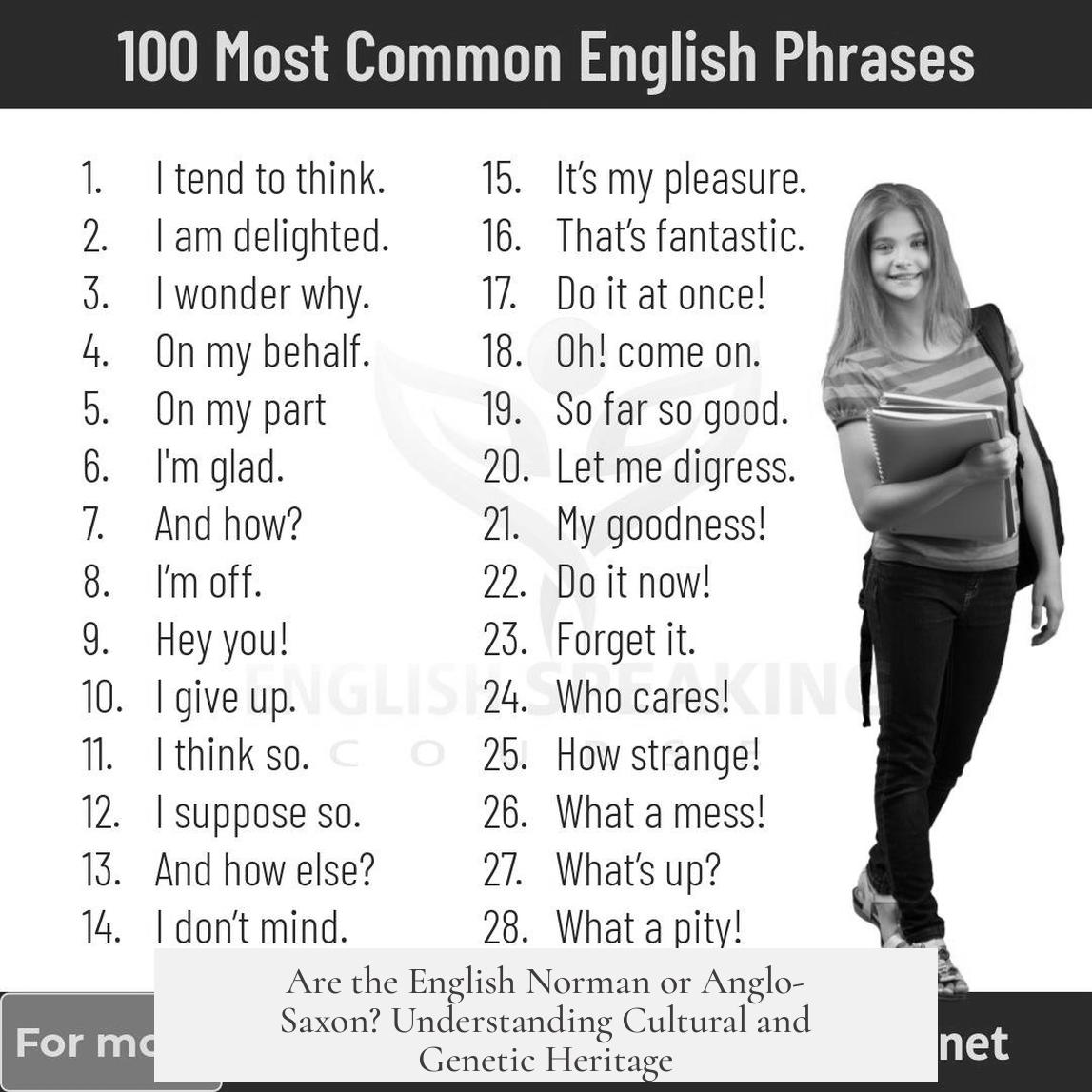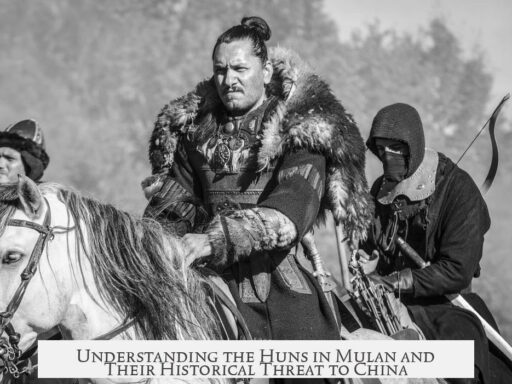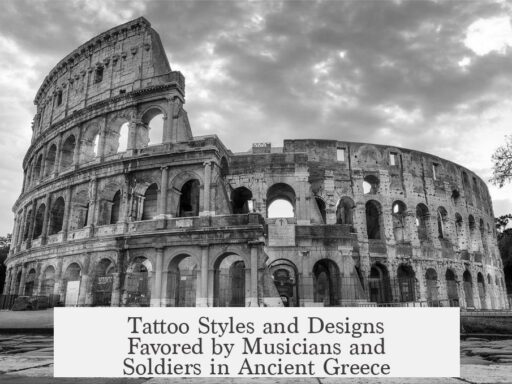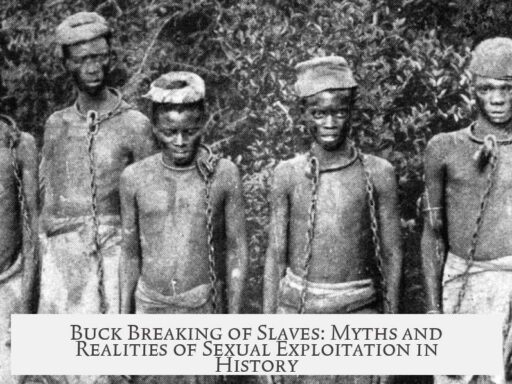English identity is neither purely Norman nor Anglo-Saxon. It is a blend of multiple ancestries that formed over centuries. The Anglo-Saxon invasion brought Germanic tribes like the Angles, Saxons, and Jutes to England. However, they did not completely replace the existing Romano-Celtic population by force. Genetic studies show that modern English people carry about 25-40% Germanic DNA, especially in southeastern England where the Anglo-Saxons settled. This indicates significant intermarriage rather than genocide or total displacement.

The Norman invasion in 1066 caused a major cultural and political shift but had little genetic impact on the wider population. William the Conqueror arrived with roughly 8,000 Normans, who mostly replaced the Anglo-Saxon nobility rather than the general population. Thus, the ruling class changed to Norman, but the common people remained largely of Anglo-Saxon and Celtic descent.
Normans themselves originated from Norse Vikings who settled in northern France and integrated with the Frankish population. This blend meant the Normans had Nordic and Frankish DNA, making them genetically closer to the English than unrelated European groups. Their arrival created a fusion of cultures rather than a complete ethnic replacement.
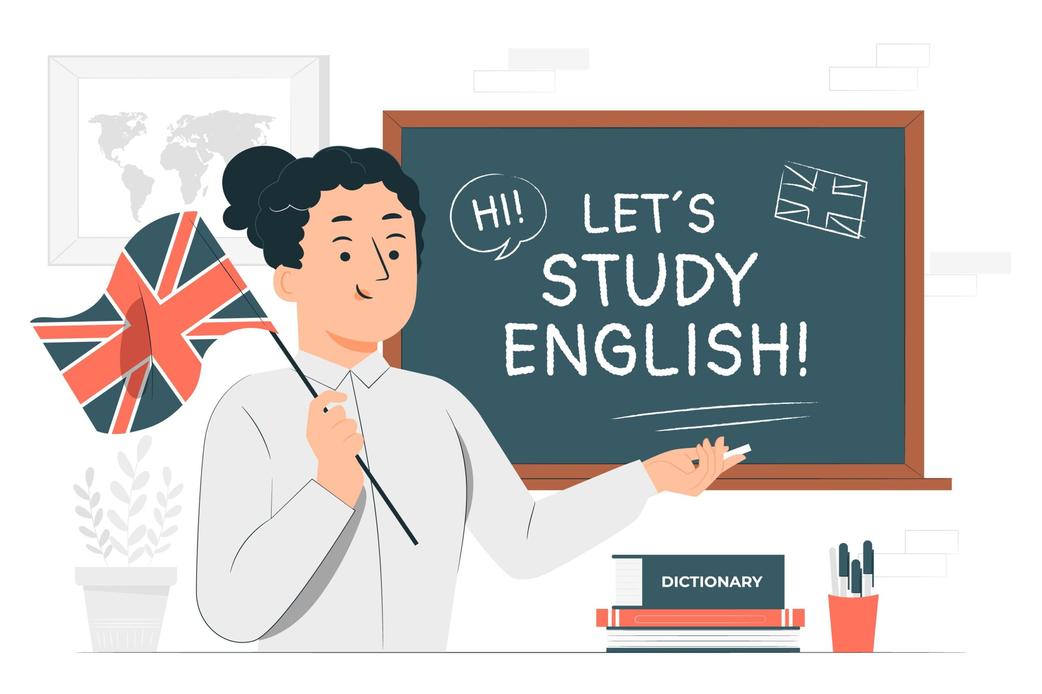
Today, the English genetic makeup reflects this complex history:
- Indigenous Celtic roots from pre-Roman inhabitants
- Germanic Anglo-Saxon contributions from early medieval migration
- Norse Viking ancestry brought by both Anglo-Saxons and Normans
- Frankish and broader Northwestern European influences via Normans
This blending of populations and cultures evolved into the broad English identity seen today. It is inaccurate to label English people as simply Norman or Anglo-Saxon since their heritage includes multiple intertwined groups.

| Group | Contribution to English Identity | Type of Impact |
|---|---|---|
| Anglo-Saxons | 25-40% Germanic DNA, cultural foundation | Genetic and Cultural |
| Normans | Ruling class, cultural influence | Cultural and Political |
| Indigenous Celts | Original population DNA and culture | Genetic and Cultural |
| Norse Vikings | DNA via settlement and intermarriage | Genetic |
Key takeaways:
- English are not solely Norman or Anglo-Saxon in origin.
- They have mixed ancestry with Celtic, Germanic, Norse, and Frankish roots.
- Anglo-Saxons supplied significant genetic input through intermarriage.
- Normans mainly affected the ruling classes and culture, with limited genetic impact.
- Both groups merged over time to shape modern English identity.
Are English Norman or Anglo-Saxon? Unpacking the Genetic and Cultural Puzzle

So, are the English Norman or Anglo-Saxon? In reality, they are neither exclusively nor purely one or the other. The English people today are a rich blend. Their roots twist and turn through the indigenous Celtic populations, the Germanic Anglo-Saxons, the Norse Vikings, and the Norman rulers. Genetics and history tell a complex tale that shatters simple labels.
Let’s dive into the twists and turns of English identity, proving how your heritage might be more of a genetic and cultural stew than a single ingredient!
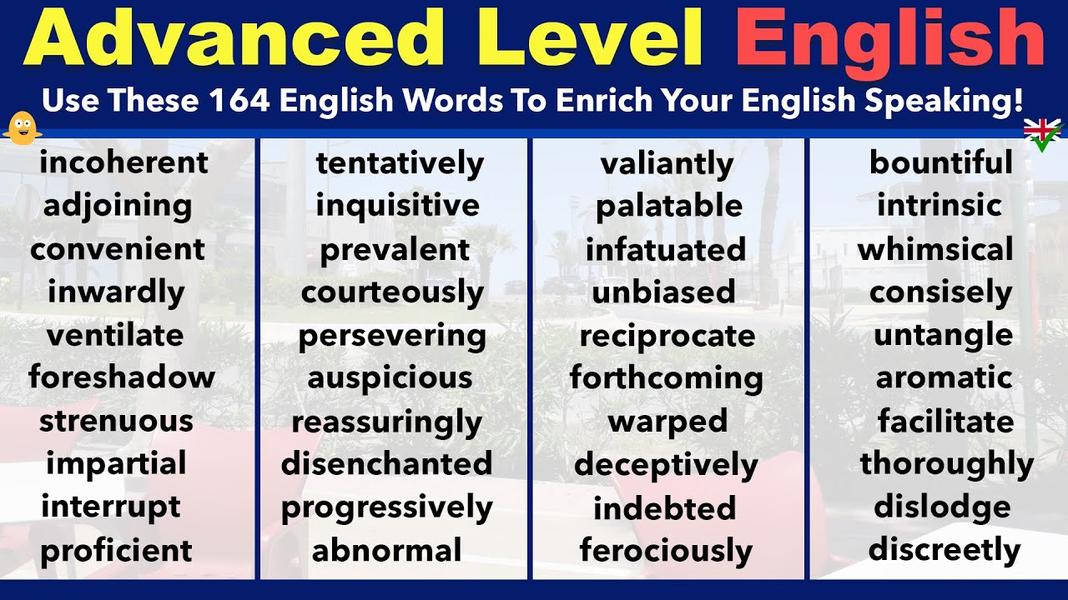
The Myth of the Anglo-Saxon ‘Invasion’: More Mixing, Less Massacre
Popular movies might show hordes of Anglo-Saxon warriors storming England, wiping out everyone in their path. But academics today say that’s an oversimplification. The reality? They came in, yes, but didn’t fully replace the Romano-Celtic folks already living there by mass killing or exile.
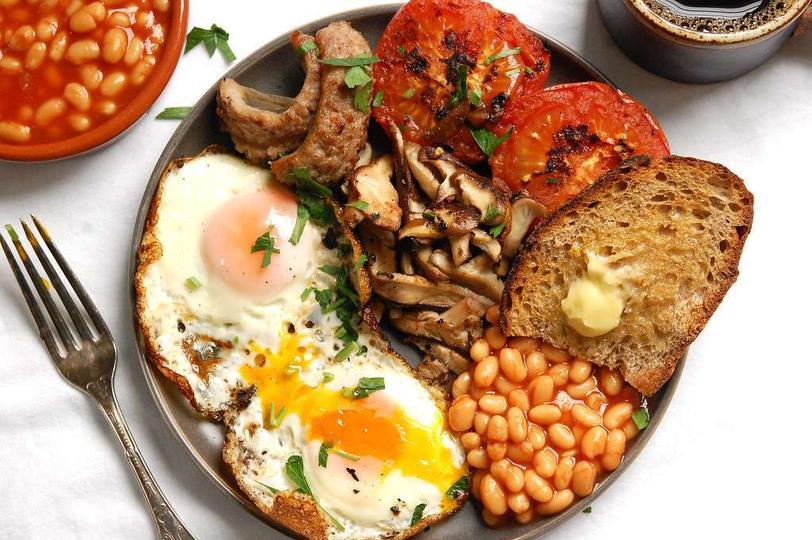
Genome sequencing shakes this story up: modern English have about 25-40% Germanic DNA—mostly Anglo-Saxon — with higher percentages in southeastern England, where the Angles and Saxons first landed. This points to a big, important fact: the Anglo-Saxons intermarried with the native Celtic groups. They didn’t steamroll them into extinction.
Instead of a genetic takeover, it was a merging. Like two rivers flowing together, they created something new. So, “English equals Anglo-Saxon”? Nope. It’s more like “English equals partly Anglo-Saxon, partly Romano-Celtic, and somewhere in between.”
Norman Invasion: Nobles That Changed Culture, Not Genetics
Flash forward a few centuries. The Normans, led by William the Conqueror in 1066, waltzed into England with around 8,000 troops. They didn’t just conquer; they shook up the social and political landscape big time.
The catch? They mostly replaced the English ruling class, the nobles and landowners, not the general population. So why don’t you hear about a massive Norman genetic stamp across the English? Because, truthfully, there wasn’t one.
The Norman conquest was a cultural takeover at the elite level. The Norman language, laws, and customs blended with Anglo-Saxon traditions to create a new, hybrid culture. But our genes? The typical English person today didn’t gain much Norman DNA.
This means your great-great ancestors were probably a mix of native Britons and Anglo-Saxons, with only a smidge of Norman blood if any.
Who Were the Normans? Vikings? French? A Bit of Both.
“Norman” literally means “Northman.” The original Normans were Norse Vikings led by Rollo, who settled in northern France—Normandy—and mixed with the Frankish locals.
This means Norman genes were a cocktail of Norse Viking and Frankish people, themselves rooted in Northwestern Europe. So, when William the Conqueror showed up in England, he wasn’t some foreign alien. The Normans shared lots of genetic similarities with the English populations already living in Britain.
Basically, the Norman ruling class wasn’t a stark genetic outlier. Their genetic footprint, while significant culturally, was milder than you might guess.
Modern English Identity: A Tapestry, Not a Single Thread
What emerges is a rich English identity woven from many threads. The indigenous Romano-Celts, Anglo-Saxons, Norse Vikings, and Normans all contributed to English genes and culture.
Genetics backs this up. DNA testing of modern English people shows Northwestern European DNA—partly Celtic, partly Germanic, partly Norse—and some trace elements from the Norman settlers.
Ask yourself: when you say “English,” are you prepared to embrace this melting pot of history and heritage? The answer to “Are English Norman or Anglo-Saxon?” is a resounding both in part, but also more.
What Does This Mean for Your Family Tree?
- If your ancestors lived in southeastern England, chances are stronger that Anglo-Saxon DNA flows in your veins.
- If your family links to the English nobility or the aristocracy centuries ago, some Norman heritage is likely.
- But ultimately, your family tree probably includes native Celtics and other Northwestern Europeans too.
Genealogy and genetics reveal no neat boxes here. History proves people are complex, and so are their origins.
Putting It All Together: Tips for Appreciating English Heritage
- Remember, history is nuanced—avoid oversimplifications like “English equals Anglo-Saxon.”
- For family historians, consider broad regional DNA testing, especially focused on Anglo-Saxon, Celtic, Norse, and Norman haplogroups.
- Explore cultural influences too—English language, law, and customs carry Norman and Anglo-Saxon legacies blended.
- Engage with recent research—genomics is rewriting history right now!
Want a fun challenge? Try tracing which parts of England might match which genetic makeup. Southeastern counties tend to show more Anglo-Saxon DNA, Normandy’s influence shines through aristocratic lines, and Celtic roots remain strong in parts too.
“Modern English people are a proud mix of indigenous Celtic, Anglo-Saxon Germanic, Norse Viking, and Norman ancestry—a living history book encoded in DNA.”
In Conclusion
The English story is one of collaboration, not conquest alone. Anglo-Saxons did not erase the people before them. Normans swapped nobles but left little genetic mark on the masses. The Normans themselves were a Norse and Frankish blend, quite close genetically to the locals.
Your English identity, therefore, is a story of fusion and evolution across centuries. It reflects migration, adaptation, and integration—a tapestry richer than “Norman” or “Anglo-Saxon” labels alone.
This is history’s sweet spot—where genetics, culture, and tales combine to show you are far more than one tribe or tale, but a living mosaic of Northwestern Europe’s past.
